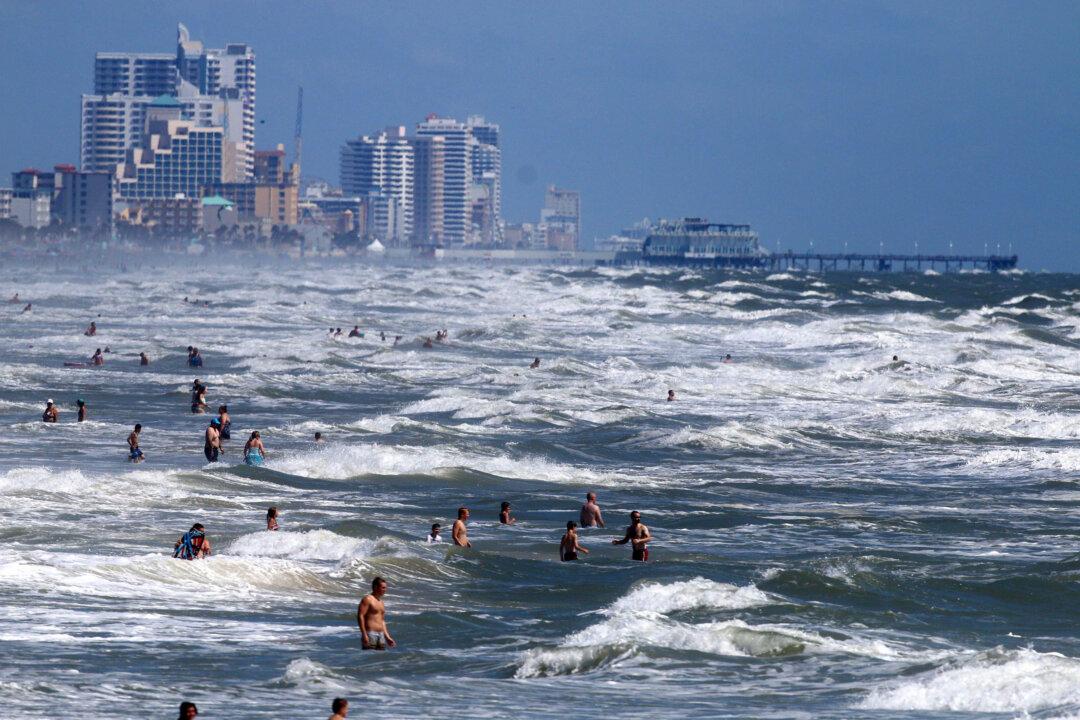There has been an increase in reports of sea lice, or jellyfish larvae, biting swimmers in Virginia Beach.
Lifeguards reported to WTKR, a local news outlet, that sea lice are on the rise at the beach, and people have noticed rashes and bumps on their skin.





